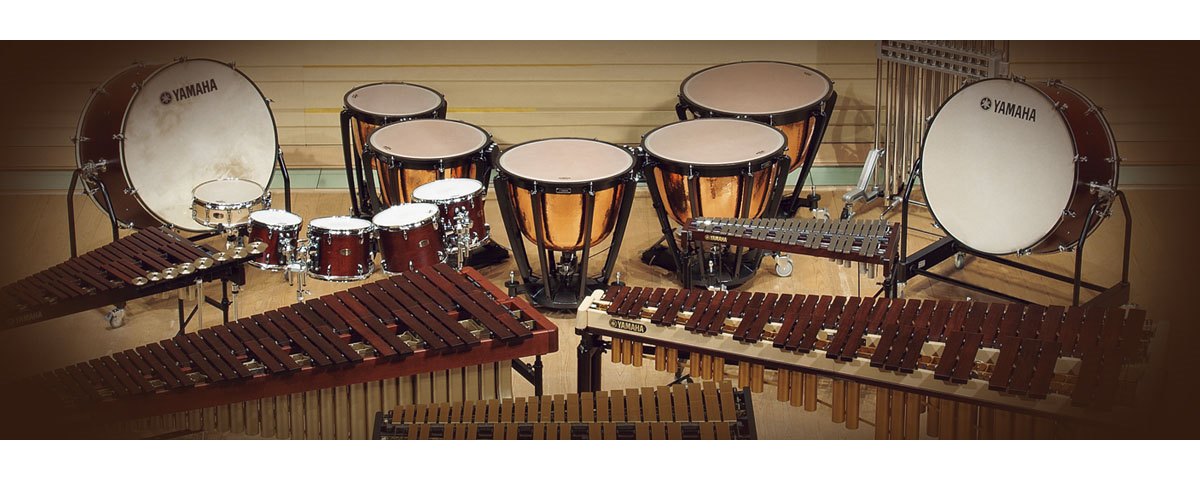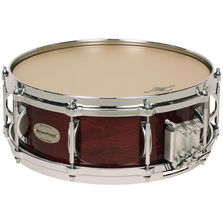Instruments
Flute
The flute is the highest-pitched instrument in the beginning band. The flute is made of silver or a silver-plated brass alloy and played by blowing across an opening in one end while fingers press keys to change notes. With its clear, penetrating sound, the flute often plays the melody in band. Flute players must be able to use a lot of air with great control and follow complex directions easily. Flute is highly competitive, and lessons are encouraged.
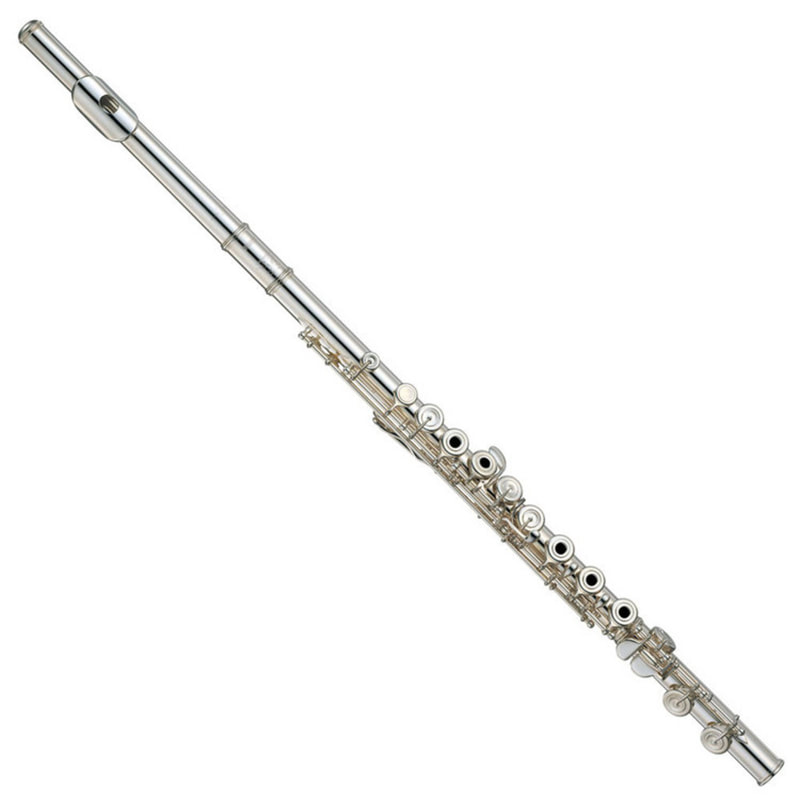
Oboe
The oboe is a double reed instrument. This means that the player will blow through two tightly joined cane reeds instead of a mouthpiece to produce a brilliant and distinct sound. The oboe is a very special instrument, and only a few students will be chosen to play it. Good oboe players are hardworking and usually independent with good grades. Good oboists are highly sought by universities and colleges, often receiving substantial scholarships. About 1-2 students will be selected for Oboe in the Mann Beginning Band. Piano background is helpful, and private lessons are a must.
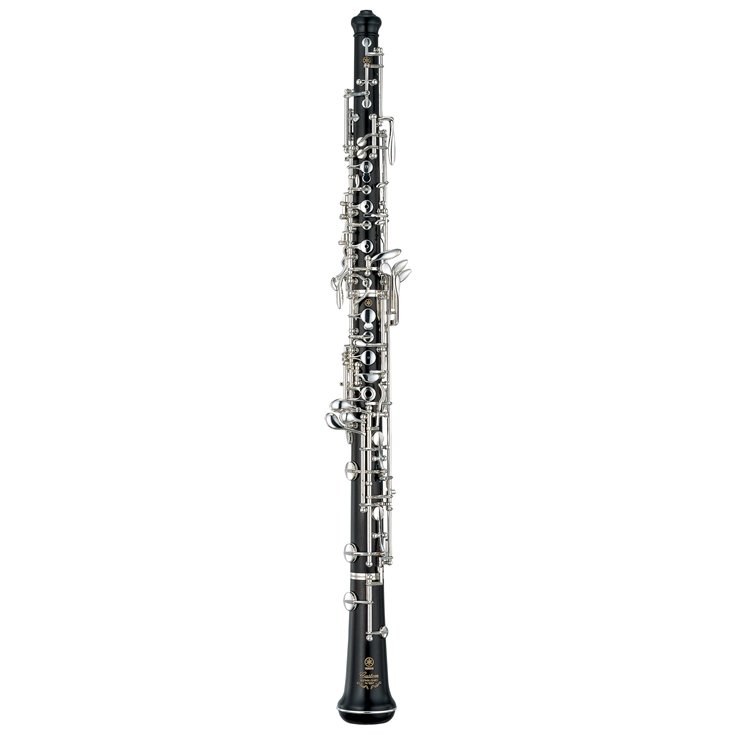
Bassoon
The bassoon is also a double reed instrument. It is the lowest member of the woodwind family and has a very dignified and majestic sound. The bassoon is a highly specialized instrument in the band, and only a select few students will be chosen to play it. Good bassoon players are usually curious and often enjoy puzzles and mind-bending games. Exceptionally small hands can be problematic for the bassoon. Good bassoonists are highly sought by universities and colleges, often receiving substantial scholarships. Only about 1-2 students will be selected to play bassoon in the Mann Beginning Band. Piano background is helpful, and private lessons are a must.
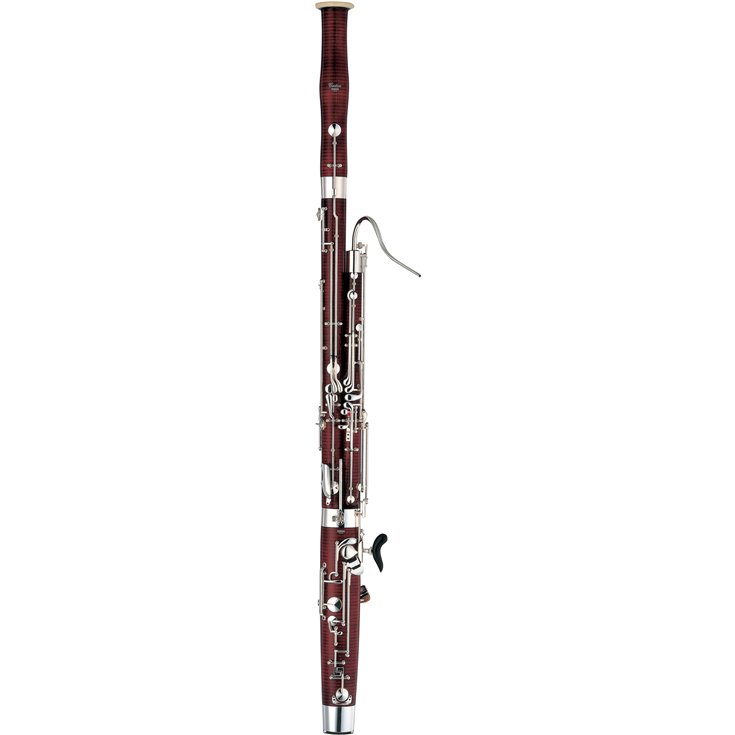
Clarinet
The clarinet is the most popular of the woodwind instruments. The clarinet produces a large, beautiful sound that ranges from very high to very low in pitch. Most quality clarinets are made of a special wood, called Grenadilla, which only grows in Africa. This is a very versatile instrument suited for a variety of people. About 20 students will play clarinet in the Mann Beginning Band.
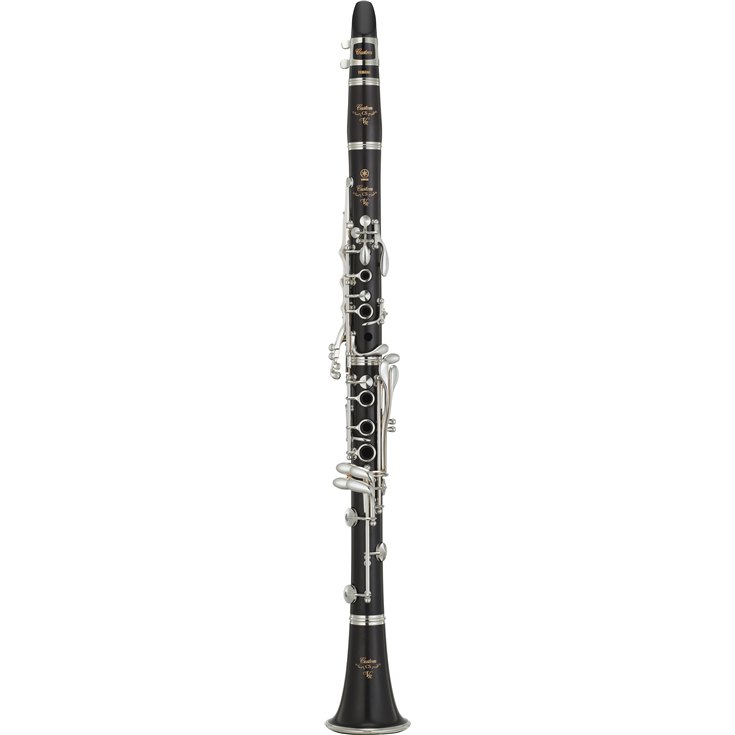
Alto Saxophone
The saxophone is a woodwind instrument even though it is made of brass. Most people know the saxophone as they have heard it in jazz or rock music, but the sound of the saxophone in the concert band is quite different. Although many students can make a sound on the saxophone, it is a very difficult instrument to master. The saxophone’s key system is most similar to a flute, but is more complicated. Saxophone players must have appropriate jaw structure, good manual dexterity, and excellent control of facial muscles. The saxophone class is limited to around 10 students in the Mann Beginning Band.
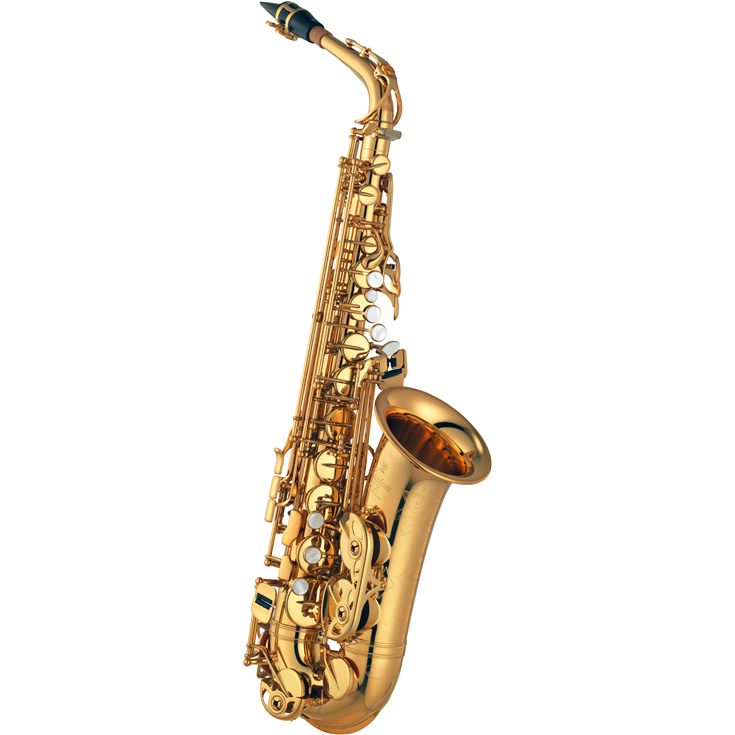
Trumpet
The trumpet is the highest and most popular member of the brass family. Recognized by its bright, clear sound, the trumpet is frequently used to play the melody. In addition to the concert band, the trumpet is used in marching band, jazz band, and the symphony orchestra. Good trumpet players usually have thin, even lips when forming their embouchures and are often very outgoing. Up to 20 students will typically play trumpet in the Mann Beginning Band.
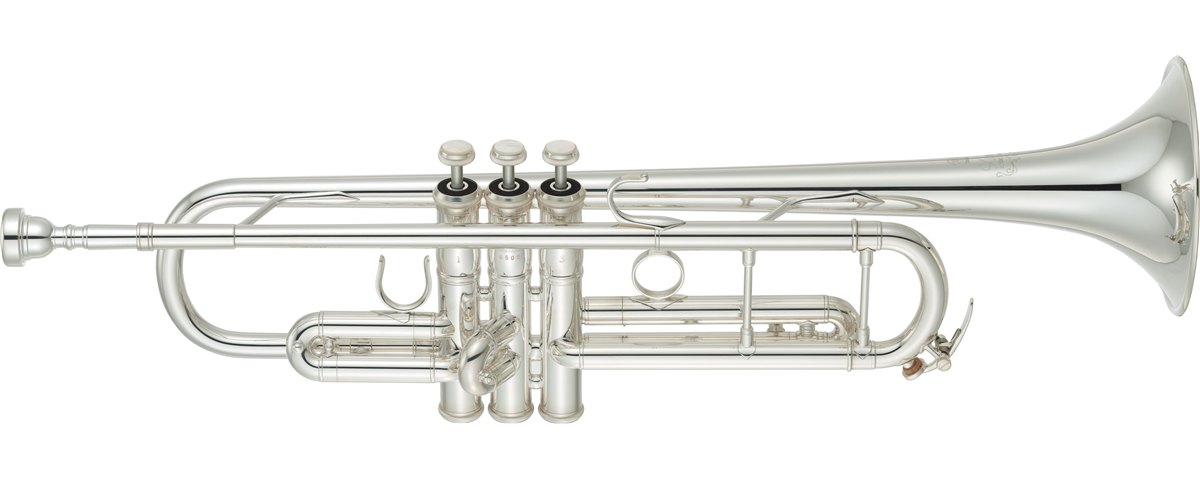
French Horn
Though officially simply called the horn, we refer to this instrument as the French Horn for clarity. The French Horn is one of the most majestic and versatile instruments in the band. Recognized by its distinct coiled shape, the horn blends with both brass and woodwind sounds. It is also one of the most commonly heard instruments in motion picture soundtracks, and it has the widest standard range of any brass instrument. Horn players must have a good sense of pitch. Good horn players are highly sought by universities and colleges, often receiving substantial scholarships. About 6 students will play French horn. Private lessons are highly recommended for French horn.
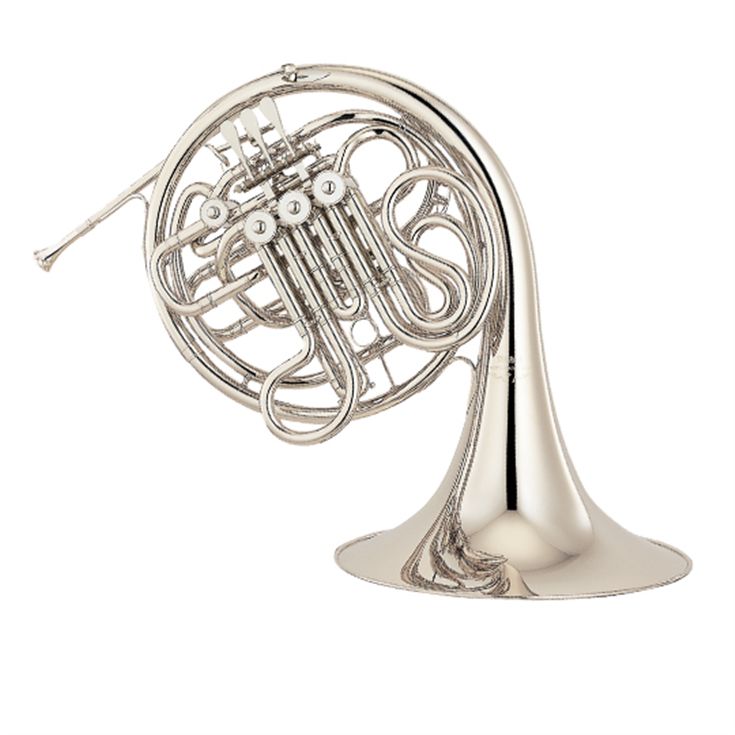
Trombone
Easily recognized by its long slide, the trombone is one of the most powerful instruments in the band. Playing primarily in the lower range of the band, the trombone is both a melodic and a supporting instrument. Trombones are used in virtually every type of musical group, including jazz, rock, and marching band as well as the symphony orchestra. Good trombone players should have a good ear for pitch and arms sufficiently long to reach the lower slide positions. About 14 students will play trombone.
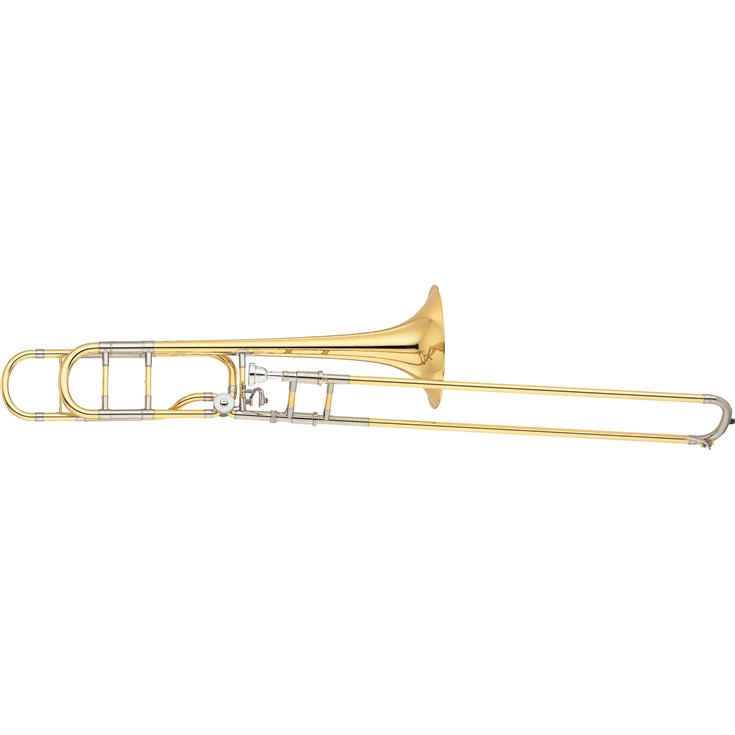
Euphonium
Sometimes called the baritone horn, the euphonium has one of the richest sounds in the band. The euphonium plays in the same range as the trombone, but its winding cone-shaped tube gives it a much darker and mellow tone. The euphonium has grown to become one of the most popular band instruments for solo playing in recent years. We will invite about 6 students to play euphonium in the Mann Beginning Band.
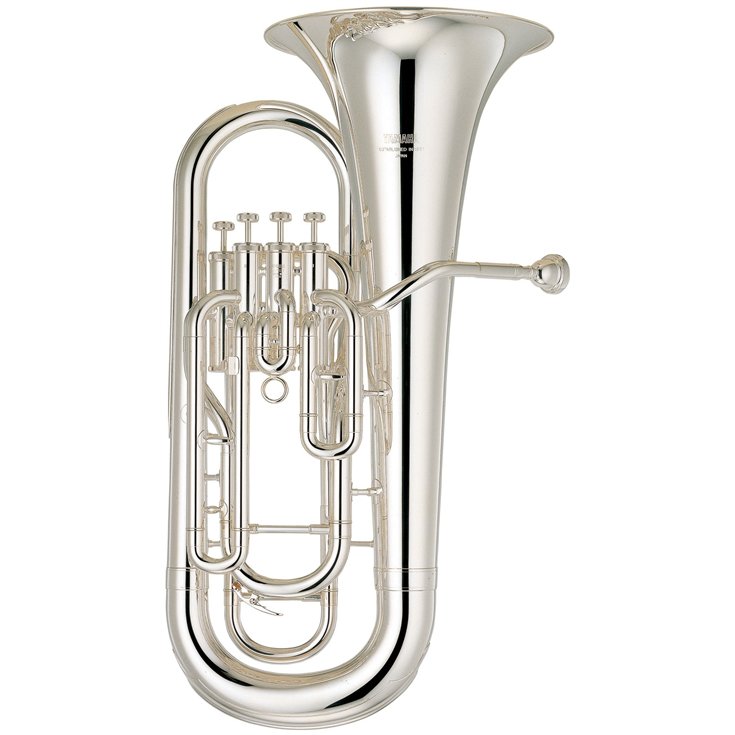
Tuba
The tuba is the most important instrument in the band. It is the largest and lowest of the wind instruments, and it produces the fundamental sound upon which all others are built. Despite its relatively large size, even the smallest student can easily handle the tuba with proper instruction. Good tuba players are generally intelligent and outgoing, with a passion for their instrument. Tuba players do not have to carry their instruments home every night. Instead, they keep a tuba at home or practice before or after school in one of our special practice rooms. Good tuba players are highly sought by universities and colleges, often receiving substantial scholarships. Only up to 6 students will be invited to play tuba in the Mann Beginning Band each year.
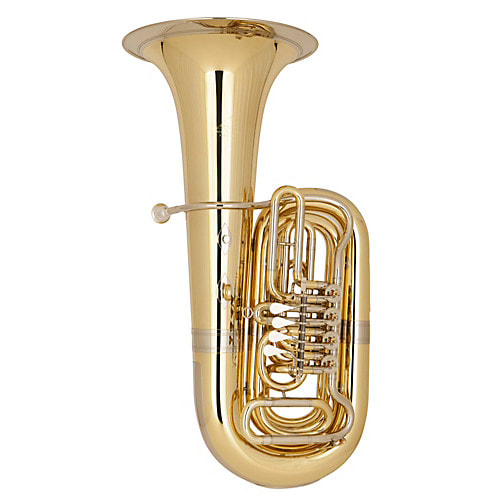
Percussion
Percussion is perhaps the most often misunderstood sections of the band. Often referred to as the “drums”, this name is actually a very incomplete description of what is involved in the beginning percussion class. Percussionists learn to play a number of instruments, including keyboard instruments like the marimba and xylophone, battery percussion like the cymbals, snare drum, and bass drums, and accessory percussion instruments like the tambourine and triangle. Percussionists spend the majority of the beginning percussion year on a marimba and a practice pad, though percussionists will have opportunities to play on a great many different instruments. The percussion class is limited to about 8 students in the Mann Beginning Band. Piano background is helpful, and private lessons are encouraged.
